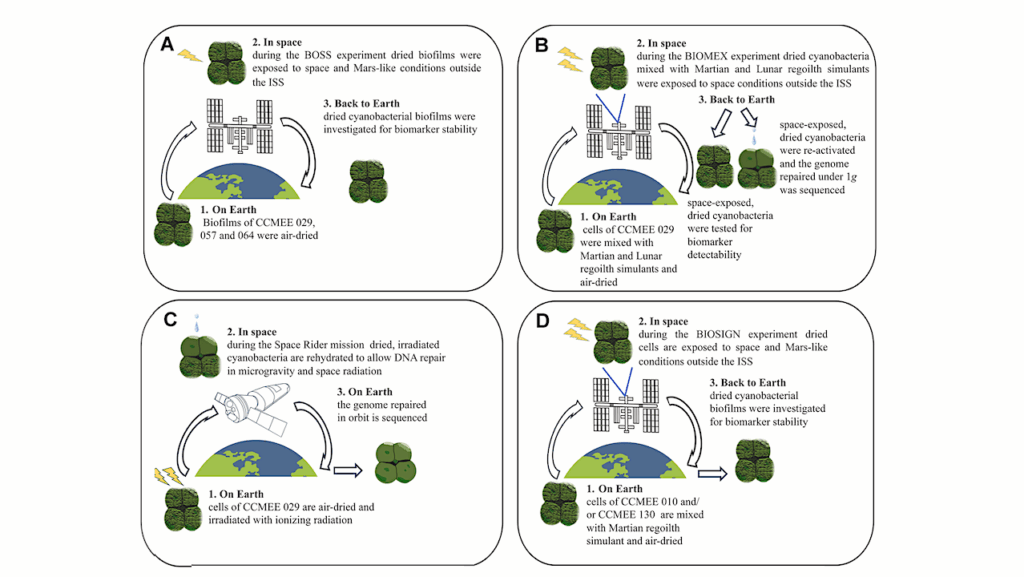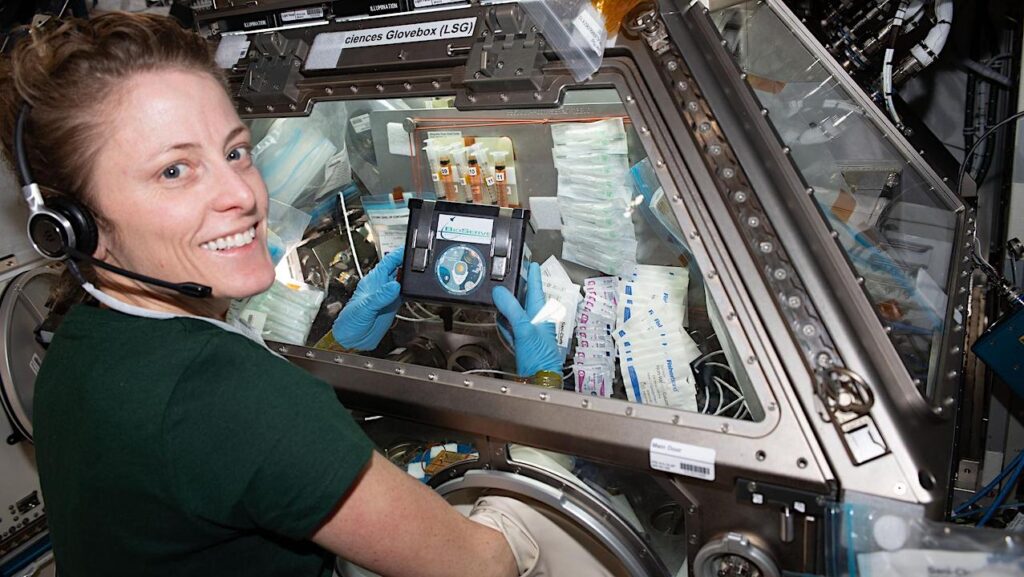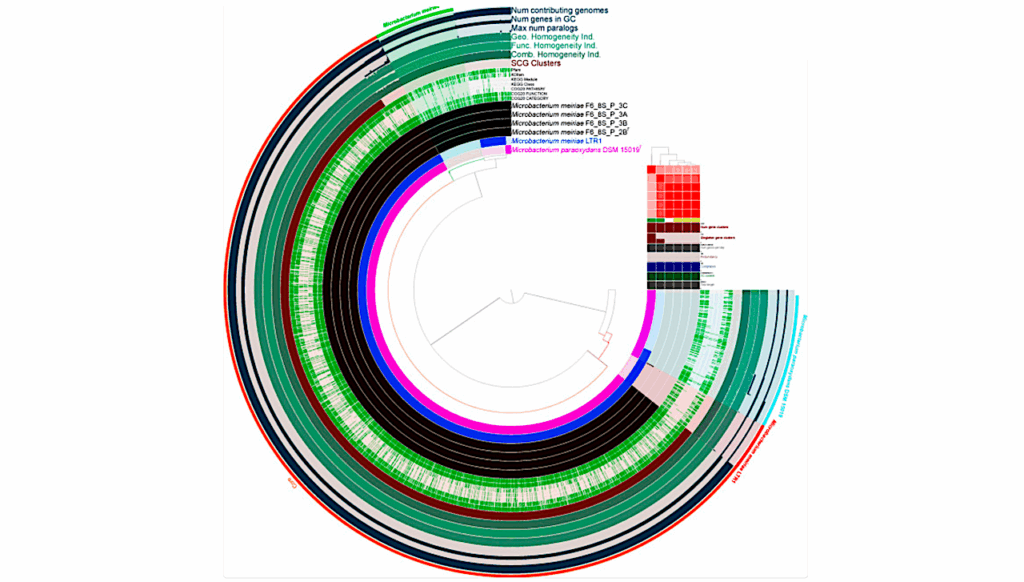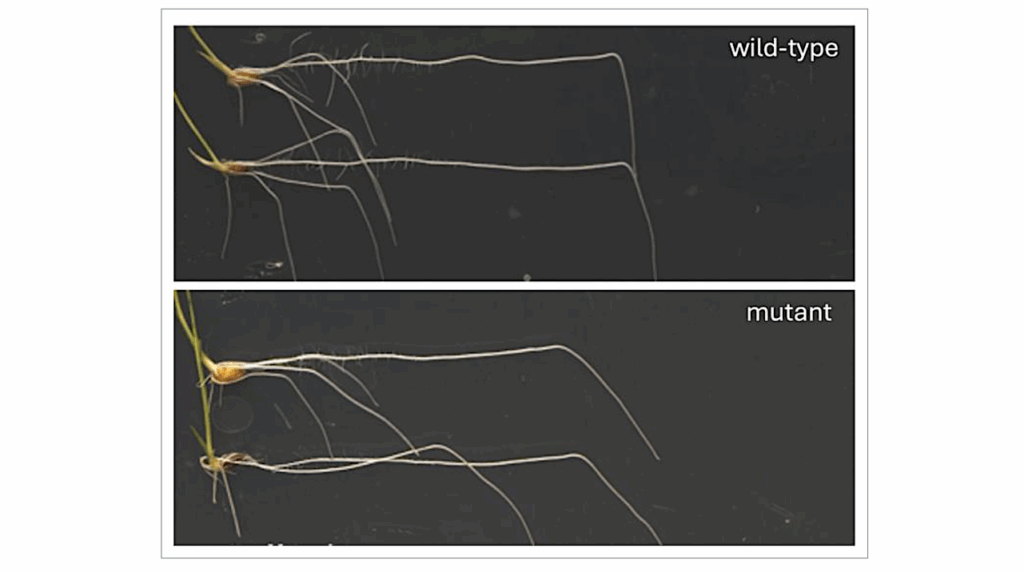Raman Spectroscopy As A Tool For Assessing Plant Growth In Space And On Lunar Regolith Simulants

Colonization of the Moon and other planets is an aspiration of NASA and may yield important benefits for our civilization.
The feasibility of such endeavors depends on both innovative engineering concepts and the successful adaptation of life forms that exist on Earth to inhospitable environments.
In this study, we investigate the potential of Raman spectroscopy (RS) in a non-invasive and non-destructive assessment of changes in the biochemistry of plants exposed to zero gravity on the International Space Station and during growth on lunar regolith simulants on Earth.
We report that RS can sense changes in plant carotenoids, pectin, cellulose, and phenolics, which in turn, could be used to gauge the degree of plant stress in new environments.
Our findings also demonstrate that RS can monitor the efficiency of soil supplements that can be used to mitigate nutrient-free regolith media. We conclude that RS can serve as a highly efficient approach for monitoring plant health in exotic environments.
Raman spectroscopy as a tool for assessing plant growth in space and on lunar regolith simulants, NPJ Microgravity via PubMed
Astrobiology,








